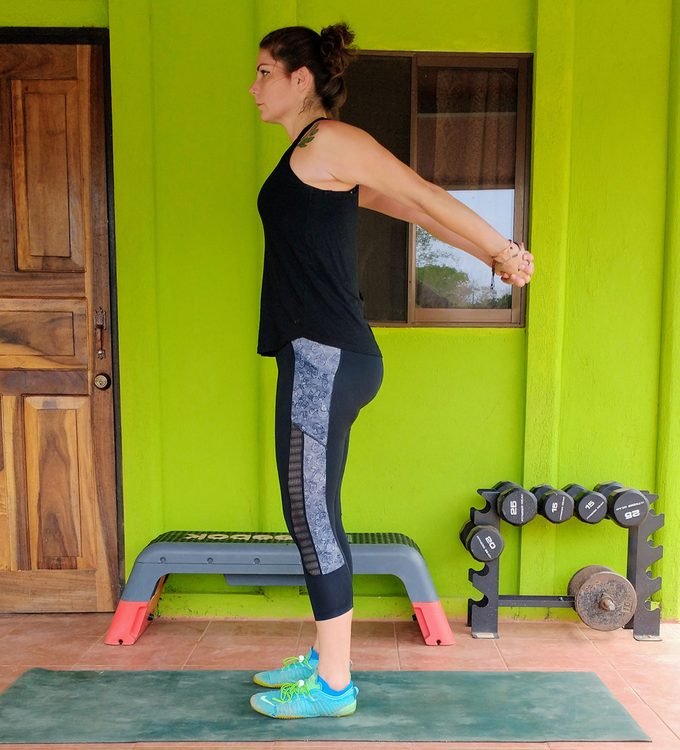Rounded shoulders, poor posture
Stop doing whatever you’re doing for a second and check your posture.
If you’re on your phone or computer at home, chances are your neck is tilting forward, your upper back is a little hunched, and your shoulders are rounded so your spine creates a “C” shape. This decidedly poor posture is also incredibly common, but it’s not without some significant (and painful) consequences.
The consequences of rounded shoulders
“The shoulder is a complex joint involving multiple articulations [joints] and muscles connecting our shoulder blade and humerus [upper arm bone] to our neck and mid-back,” says Jason Biondo, chiropractic physician, practicing at Palm Health in Landue, Missouri.
“When referring to rounded shoulders, we’re specifically talking about two primary parts of the shoulder girdle—the glenohumeral joint (ball and socket) and the scapulothoracic area (shoulder blade),” he says.
The problem is, persistent poor posture of the neck, upper back, and shoulders leads to muscular adaptations over time.
In the case of rounded shoulders, Biondo explains that the common result is “upper crossed syndrome,” where the muscles in the deep part of the neck and mid-back become weaker, and the muscles in the back of the neck, shoulders,
Keep reading this article on The Healthy

